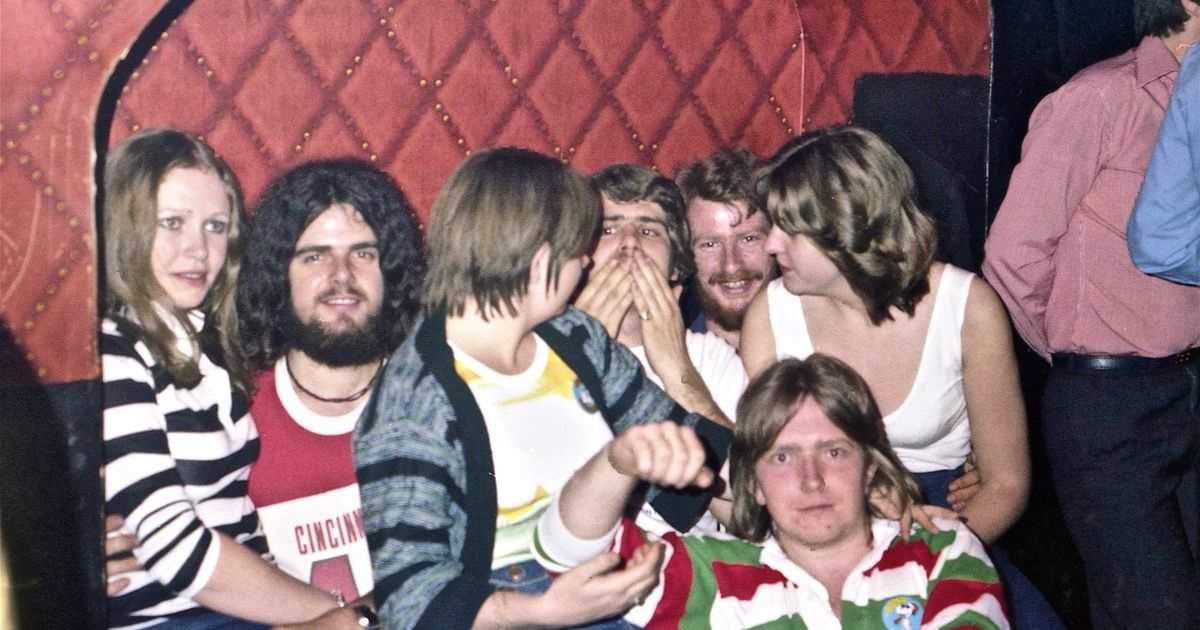It’s been years since clubbers headed there, but they have not been forgotten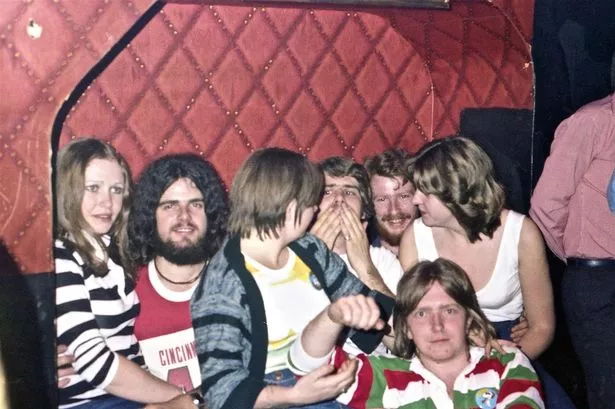 The Cabin Club welcomed generations of clubbers(Image: Robert Johnson)
The Cabin Club welcomed generations of clubbers(Image: Robert Johnson)
We all have our favourite lost nightclubs in Liverpool where we had some of the best nights of our lives. But the sign of a popular venue doesn’t only point to the amount of clubbers who went there – but also how worn it looked in its final days.
Often open for decades, a number of our much-loved nightclubs of the past saw thousands from the city and beyond pass through their doors. And they also became known for their fair share of graffiti, outdated décor – and of course, sticky floors.
Most weekends, clubbers would head to their favourite haunt but ultimately would experience their shoes sticking to the spilt drinks and more built up on the carpets or hard floors. As disgusting as it sounds, it did add character to many places and still forms part of our funny memories at a number of lost venues, the Liverpool ECHO previously reported.
READ MORE: Grandad’s work will ‘still be in Liverpool in a thousand years’READ MORE: VE Day celebrations as they happened in Liverpool 80 years ago
To reminisce, we previously asked members of our Liverpool memories and history Facebook group to name a lost Liverpool nightclub they fondly remember that had the stickiest floor. And now, we take another look back at some of the city’s loved and lost venues.
Our list is not intended to be comprehensive – we included lost nightclubs that were previously suggested most by our readers. See how many you remember in our list below.
The Cabin Club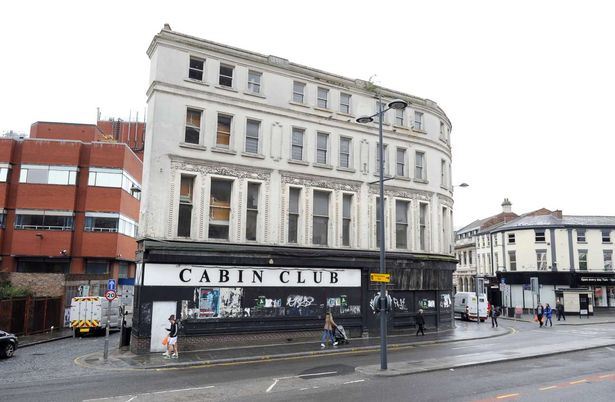 The Cabin Club, Berry Street
The Cabin Club, Berry Street
Most ECHO readers nominated The Cabin Club – which they claim was known as “the bin” or “the tacky mat.” Located on in the Havelock Building on the corner of Berry Street and Bold Street, this lost nightclub is also remembered for its membership cards, handing out lollipops on the doors and its incredible atmosphere amongst many things.
The Cabin also claimed to be the inspiration for The Beatles’ song Don’t Bother Me. By 2015, the venue closed and over the years attracted different developments and plans before re-opening as Jimmy’s in 2019 and Mee Japanese and Thai Street Food in 2024.
The SHE Club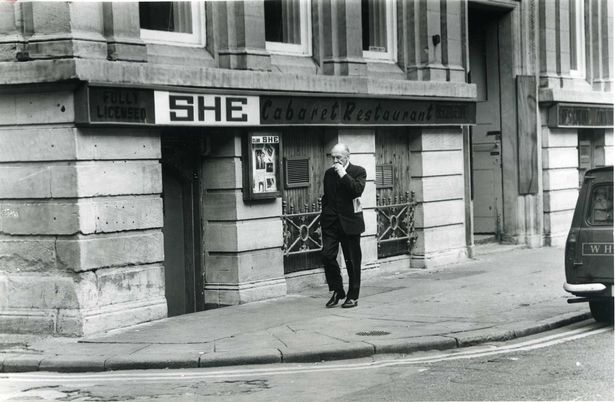 The She Club on Victoria Street. October 12, 1978(Image: Mirrorpix)
The She Club on Victoria Street. October 12, 1978(Image: Mirrorpix)
Located on Victoria Street, next on the list is The SHE club, which opened in 1971. Known for its disco and cabaret lounge, in its heyday, numerous Mersey groups and comedians appeared there.
But after almost reaching the 20 year milestone, the She Club on Victoria Street closed in 1989. Years after its closure, the site became The Living Room/Mosquito/Vampire, then Sugar Hut and the site is now home to restaurant Dash and XOXO nightclub
Krazyhouse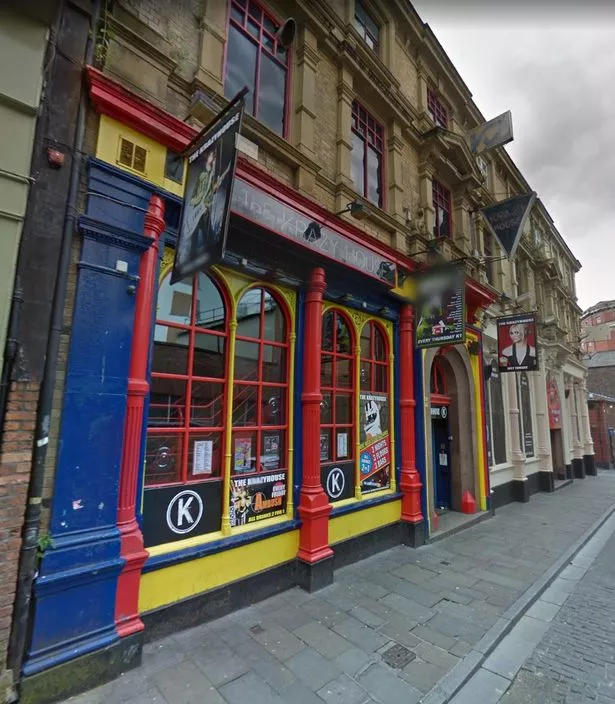 Krazyhouse, Liverpool, circa 2008(Image: Google Maps)
Krazyhouse, Liverpool, circa 2008(Image: Google Maps)
In the early 1990s, The Krazyhouse on Wood Street burst onto the city-centre scene, becoming famous for its indie, rock and alternative scene. Synonymous with Liverpool students, it was affectionately known as the K!.
But in 2018, the closure of the nightclub was lamented by many as the end of an era. That same year, the venue reopened as Electrik -but clubbers still remember its iconic rhino and its sticky floors.
The Beachcomber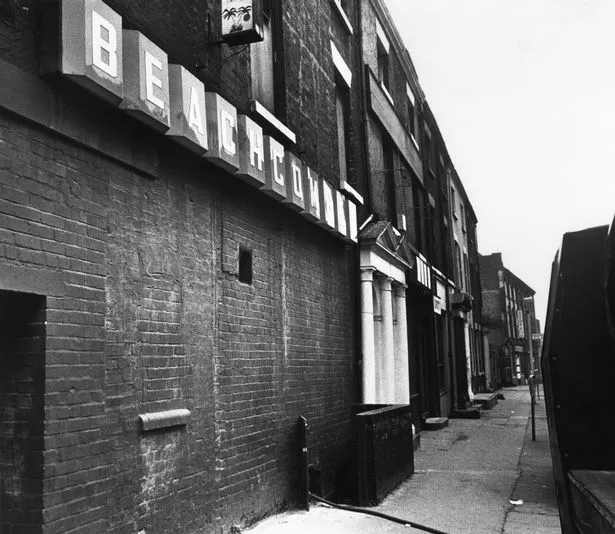 Outside view of the Beachcomber Club on Seel Street. Circa 1980(Image: Mirrorpix)
Outside view of the Beachcomber Club on Seel Street. Circa 1980(Image: Mirrorpix)
The Beachcomber Club was once located on Seel Street in the city centre. The club, fondly remembered as “The Beachy,” was opened back in the mid-1960s.
It was businessman Jim Ireland, who also associated with other popular venues in the city such as the Mardi Gras on Mount Pleasant and the Albany in Old Hall Street, who had the idea behind the club. In its time, the club also attracted a number of famous faces.
Mardi Gras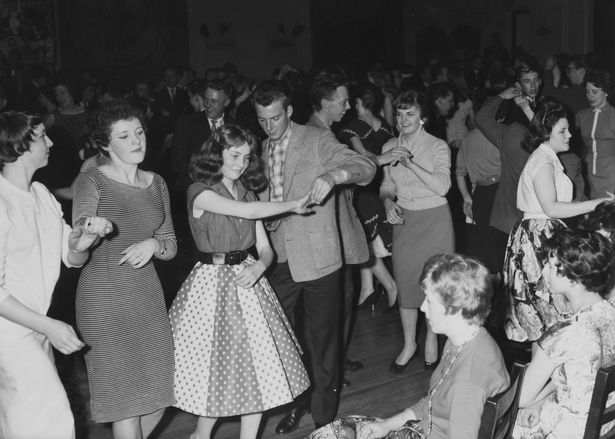 The Twist at the Mardi Gras club, Liverpool. May 10, 1959(Image: Mirrorpix)
The Twist at the Mardi Gras club, Liverpool. May 10, 1959(Image: Mirrorpix)
Opening its doors to Merseyside teenagers on September 28, 1957, customers were surrounded by walls decorated with Beat City murals by Liverpool artist Bob Percival at Mardi Gras.
The likes of The Beatles, the Big Three, Gerry and the Pacemakers and Cilla Black are also said to have gone there, and many a clubber danced on its sticky floor. Originally a church, the building was demolished in the 1970s.
Pickwicks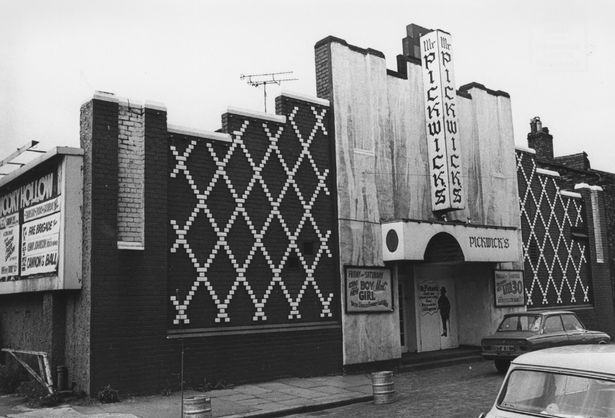 Mr. Pickwick’s Nightclub, Fraser Street, circa 1979(Image: Liverpool City Council)
Mr. Pickwick’s Nightclub, Fraser Street, circa 1979(Image: Liverpool City Council)
Some ECHO readers suggested Pickwicks, which they say was nicknamed “sticky pickys.” Also known as Mr Pickwicks, the club on Fraser Street near London Road first opened its doors in May 1972.
Through the 70s, 80s and 90s, Pickwicks continued to attract clubbers from across Merseyside. But after nearly 30 years in business, Pickwicks was no more and was replaced by a new dance club called Heaven.
The Grafton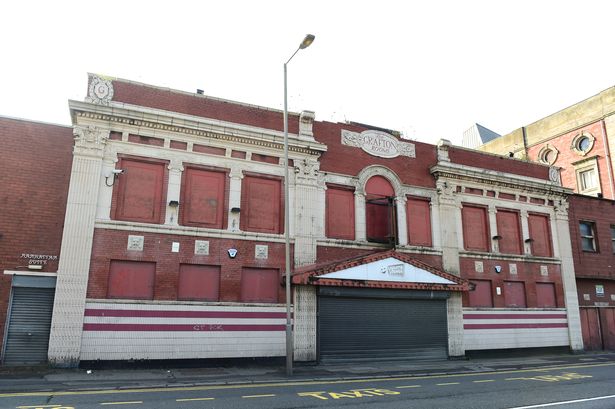 The Grafton on West Derby Road
The Grafton on West Derby Road
The Grafton on West Derby Road opened in 1924 and was once a thriving dance hall next to what is now known as the Liverpool Olympia. By the 1970s, it was extremely popular and was the setting for the famous “grab a granny” Thursday nights, which were launched during the decade.
In But in later years, it was a comedy club before closing down permanently. Earlier this year, the city council’s planning committee tentatively gave the go-ahead to recommend 90 apartments in a six-story development—but in the plans, The Grafton’s façade will be retained.
Coconut Grove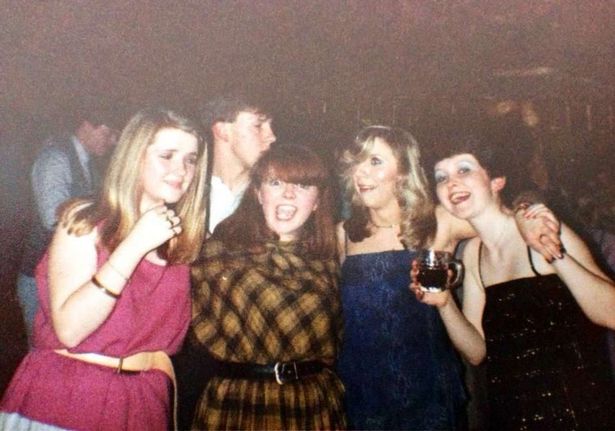 Francine Carlow, Katrina Chetwyn, Sandra Binks (later Banks) and Ann Dubelyu on a Bank College night out at the Coconut Grove, circa 1982/83
Francine Carlow, Katrina Chetwyn, Sandra Binks (later Banks) and Ann Dubelyu on a Bank College night out at the Coconut Grove, circa 1982/83
Next on our list is Coconut Grove, otherwise known as ‘The Cokey.’ It first opened its doors in 1982 on the corner of Green Lane and West Derby Road in Tuebrook.
Many people will remember its tropical theme, from piña coladas to Hawaiian garlands and plastic palm trees. It later became The Venue in the early 90’s.
Pez Espada
In the 1970s, many Merseyside clubbers headed to the Pez Espada. Located off Dale Street, at one point the club was open six nights a week, attracting numerous DJs and customers.
